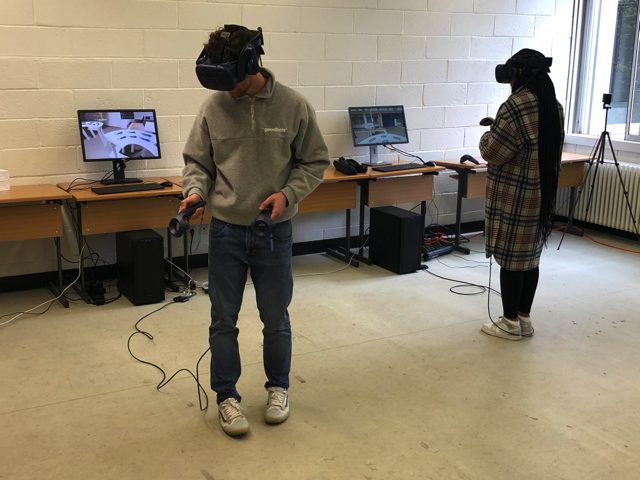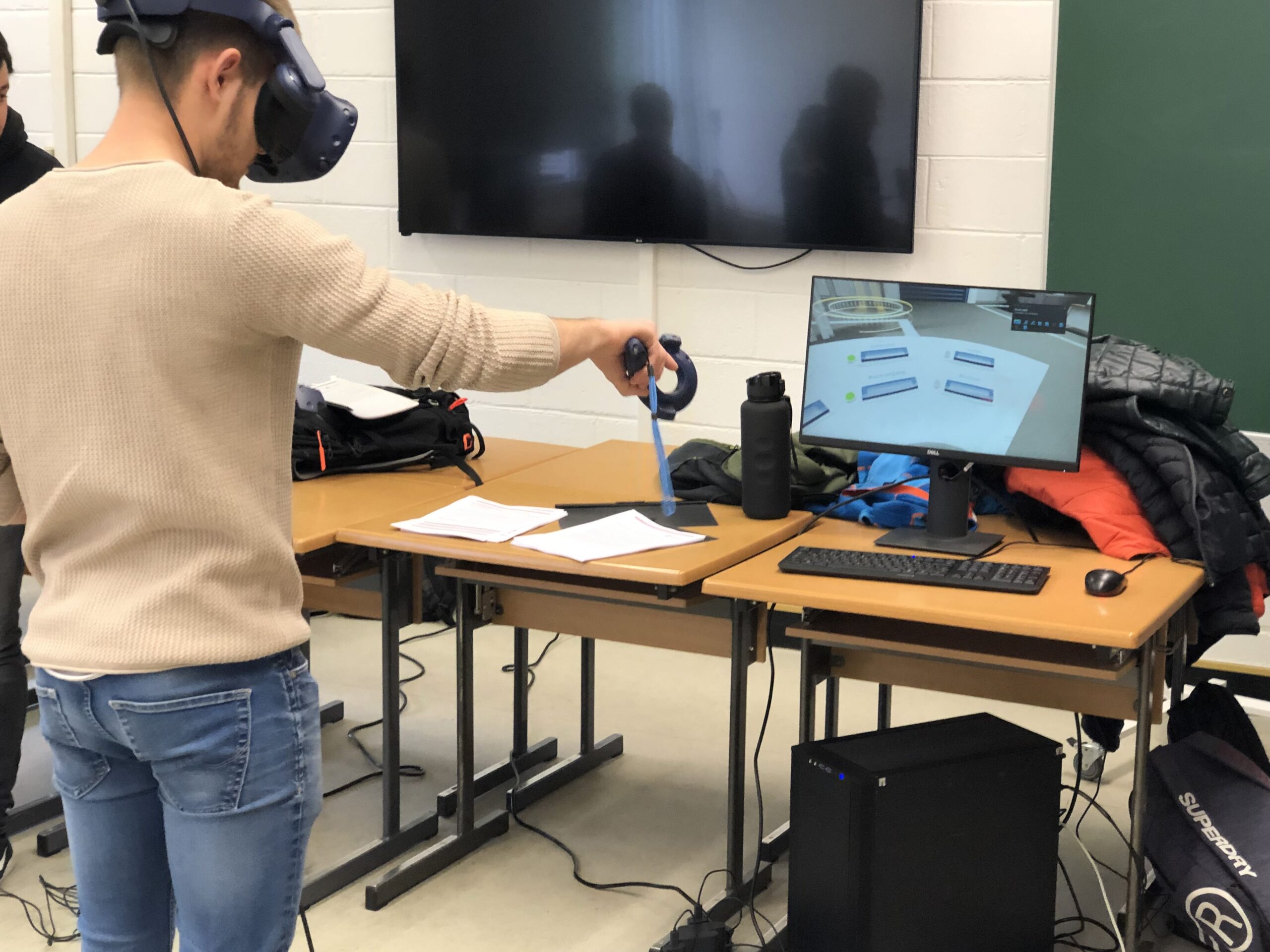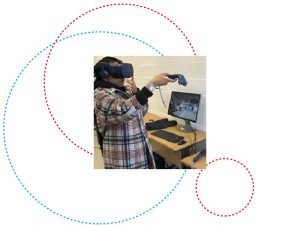In order for students to not only learn specific knowledge related to one area but to be able to identify more interrelated problems, the value stream management (VSM) topic is an integral part of the Bachelor in Engineering courses for mechanical engineering. The objective of VSM is the collection, evaluation and continuous improvement of product and information flows within production facilities. The method is well-known within lean-management and was successfully standardized by the International Standardization Organization (ISO) in 2020 (ISO 22468) with the support of the University of Luxembourg under the lead of Prof. Peter Plapper.
Normally, VSM is taught during a theoretical lecture followed by a practical exercise within the following week. The practical exercise consists of preparing and analyzing the information available in text form regarding several process steps of a company in group work using the VSM method. However, in order to provide the students with a deeper and more realistic insight into the industrial environment, this year’s exercise has been replaced by a virtual reality (VR) course.
This was carried out in connection with the TU Darmstadt, which created a virtual replica of industrial production steps within the research project PortaL. The aim of the project is to facilitate the transfer of production-related training and further education content into company practice by means of a teaching/learning concept based on virtual reality. The participants can thus immerse themselves in an industrial environment and must independently obtain the necessary information to complete the task.
This method of implementation has two main advantages. First, students get an insight into an industrial environment, which is an important experience for their future working life. This is important for students, as the often-theoretical teaching at universities lacks the practical knowledge from the industry. Secondly, this way of teaching is more interactive as students could move in teams through the virtual environment. This has the advantage that a distribution of tasks is necessary, and the information must be asked for independently.
In general, the course was very well received by the students, as important competencies were taught in a playful way. This was an interesting first step, which may be followed by further teaching in virtual environments.


